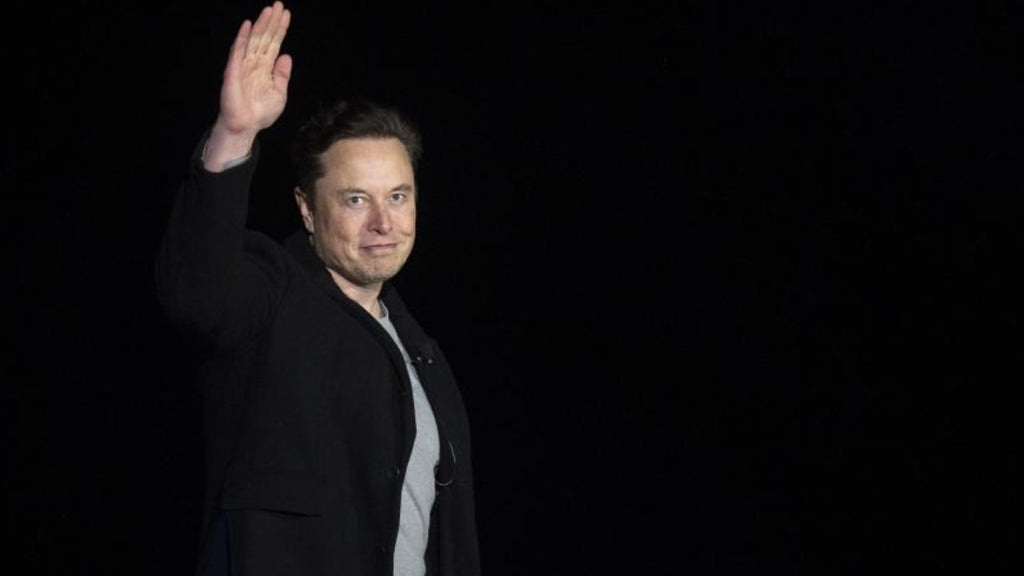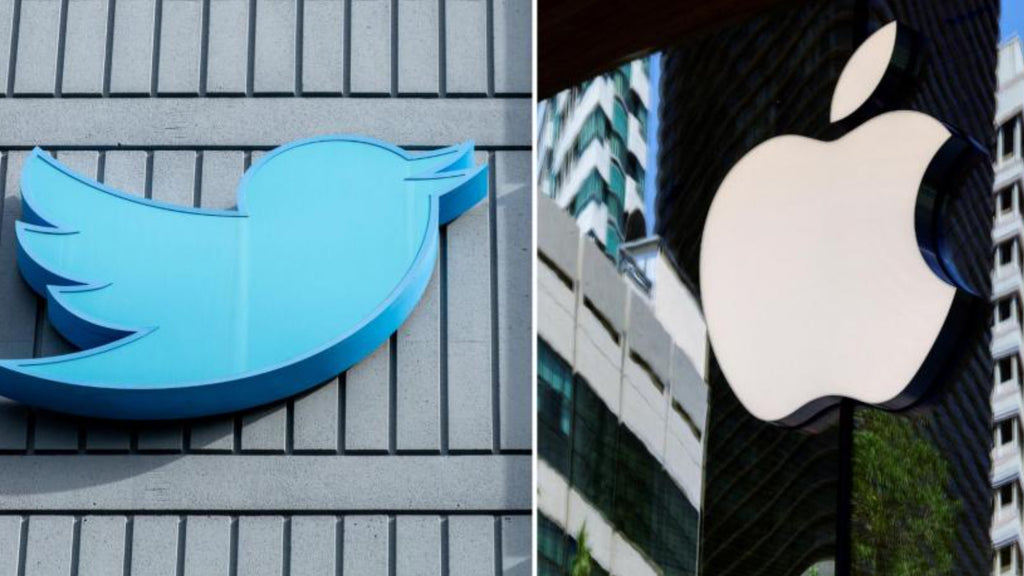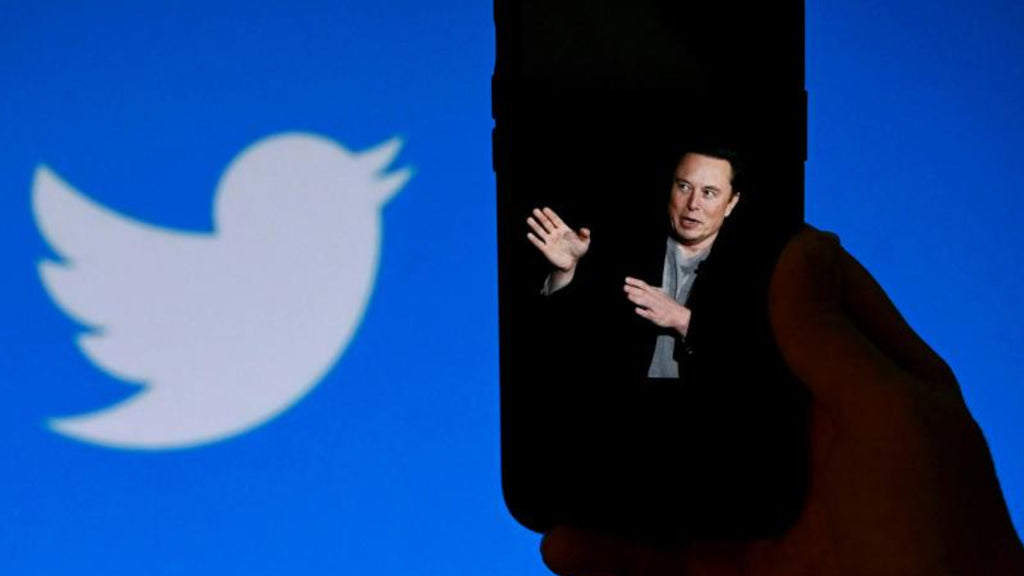100% successful deployment of the James Webb Space Telescope
Steph Deschamps / January 9, 2022

The perilous deployment in space of the James Webb telescope, which ended Saturday with its main mirror, is 100% successful, congratulated Nasa, celebrating a feat that brings the observatory a little closer to the beginning of its exploration of the cosmos, in five and a half months.
I'm so moved, Thomas Zurbuchen, head of science missions at Nasa, the U.S. space agency, said live from the control center. We have a telescope deployed in orbit!
The telescope's iconic primary mirror is about 6.5 meters in diameter, so it was too large to fit as is into a rocket when it took off two weeks ago. Its two sides had to be folded back.
The first of these two wings was deployed on Friday, and the second opened on Saturday morning, as planned. The space agency teams then spent several hours locking it in place to secure it permanently.
The operation was piloted from the Space Telescope Science Institute, located in Baltimore, on the U.S. East Coast. Dozens of engineers exploded with joy once this last step was confirmed, according to the images broadcasted live.
Nasa boss Bill Nelson then spoke via video link: What a great day, he said, visibly moved. Nasa is a place where the impossible becomes possible.
Deploying such a large object in space, not only its mirrors but also its heat shield earlier this week, had never been attempted in the past.
We can confirm that the deployments that just took place were 100 percent successful, John Durning, deputy project manager for James Webb, said at a press conference Saturday.
Astronomers around the world, who will use the space observatory, can breathe a big sigh of relief, as the mission now appears to be on track for success.
The last two weeks have been great, said Bill Ochs, project manager. This was probably the highest-risk part of the mission, but that doesn't mean all risk goes away.
Before being operational, the telescope will still have to reach its final orbit, at 1.5 million kilometers from Earth, in two weeks(it is already at more than one million kilometers).
Each of the 18 hexagonal segments forming this huge primary mirror - covered with gold to better reflect the light - will also have to be meticulously adjusted. This process will start in the coming days and will take three months.
The scientific instruments will have to continue to cool down, and be very precisely calibrated.
The first images will be made public at the end of the commissioning period in the summer, six months after liftoff.
The most powerful space observatory ever conceived, James Webb should make it possible to observe the first galaxies, formed only about 200 million years after the Big Bang.
It should also make a big step in the exploration of exoplanets, orbiting stars other than the Sun. It will examine their atmospheres, looking for conditions conducive to the appearance of life.
Closer observations of Mars and Europa, a moon of Jupiter, are also planned in our solar system.
To detect the faint glow from the farthest reaches of the universe, James Webb needed a larger primary mirror than all those sent into orbit so far.
The secondary mirror, much smaller and placed at the end of a tripod in front of the main mirror, had been successfully deployed on Wednesday. It serves to concentrate the light of the primary mirror, before directing it towards a third mirror and the four scientific instruments.
On Tuesday, the mission had passed a major step with the most difficult deployment, the heat shield.
Composed of five layers, each the size of a tennis court, but as thin as a hair, this sunshield protects the scientific instruments from the heat of our star.
The face closest to the Sun will be able to reach 125°C, and the farthest -235°C.
The great novelty of this telescope is that it will operate only in the near and mid-infrared (wavelengths invisible to the naked eye), and its instruments can therefore operate only in total darkness and at extremely low temperatures.
James Webb, worth some 10 billion dollars, must operate for at least 5 years, and potentially up to more than 10 years.




